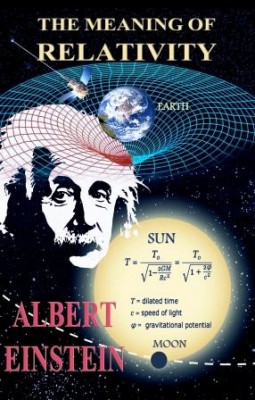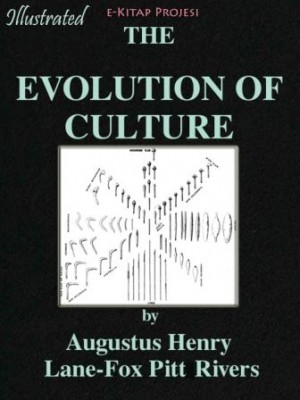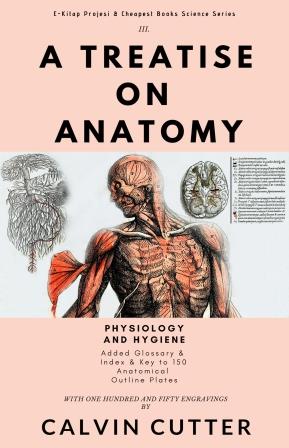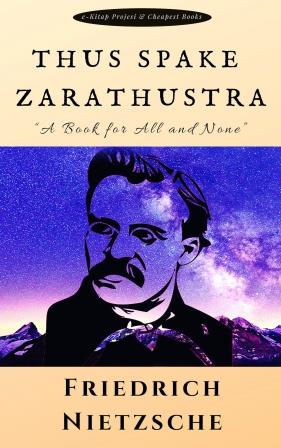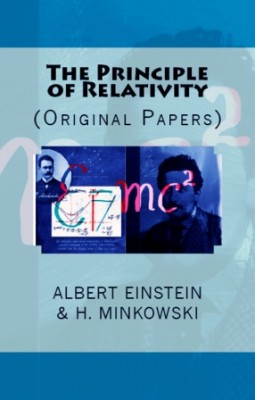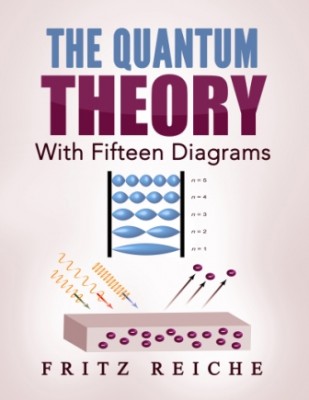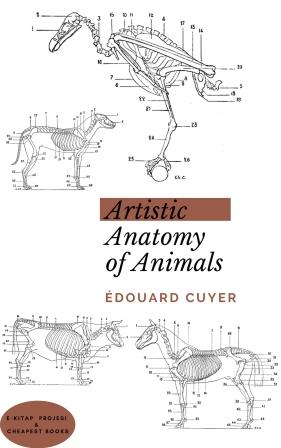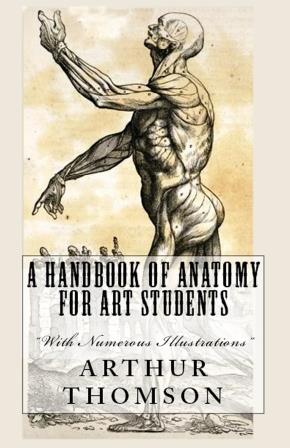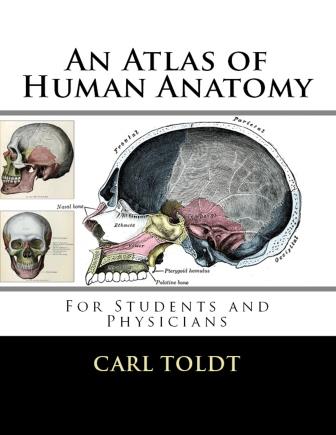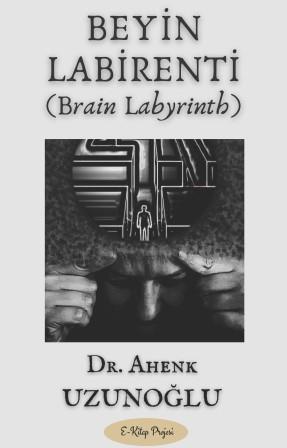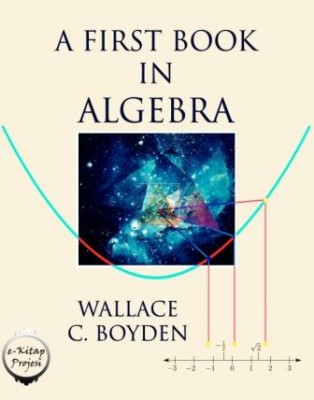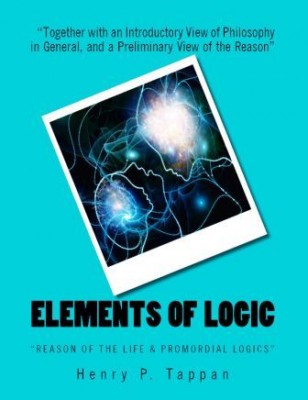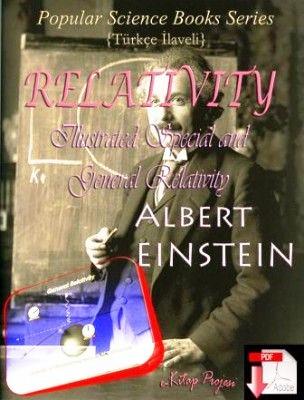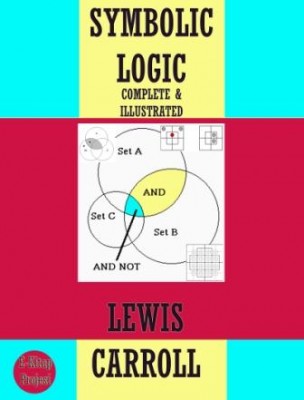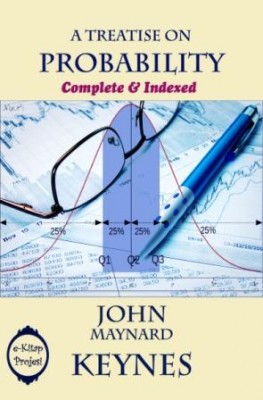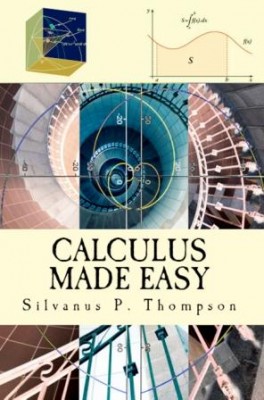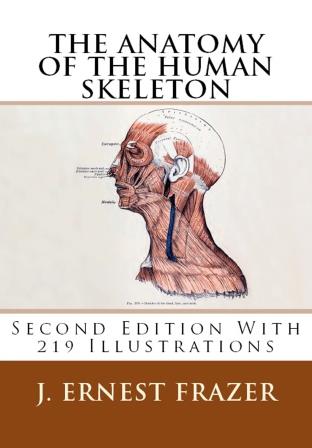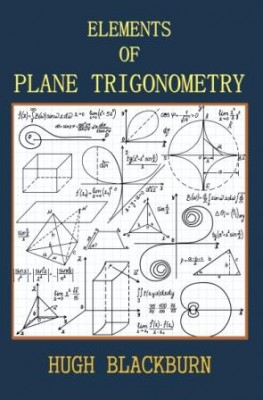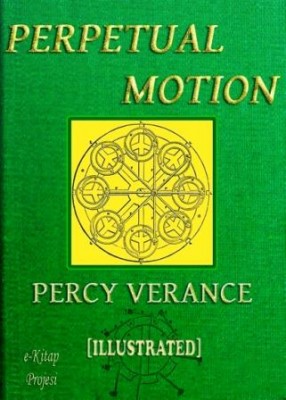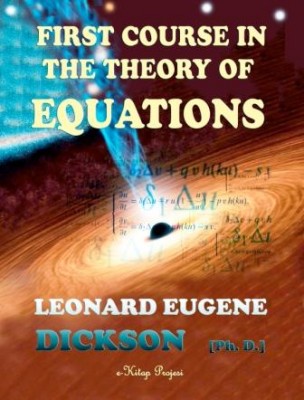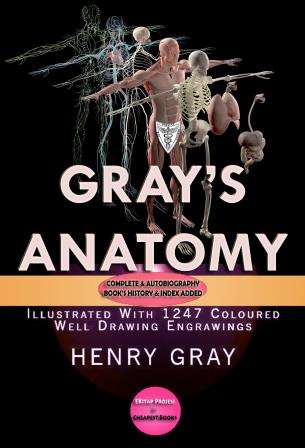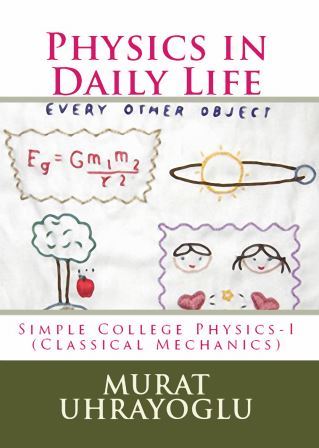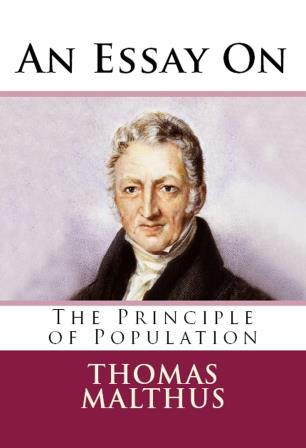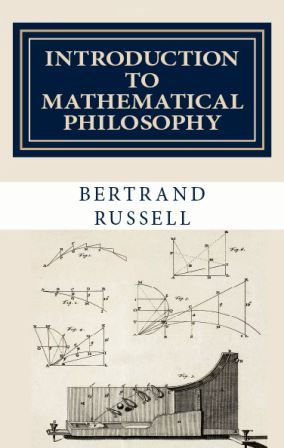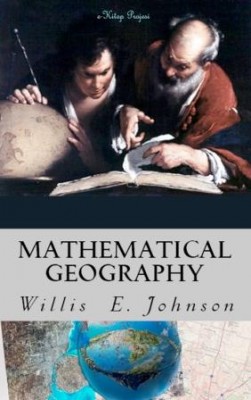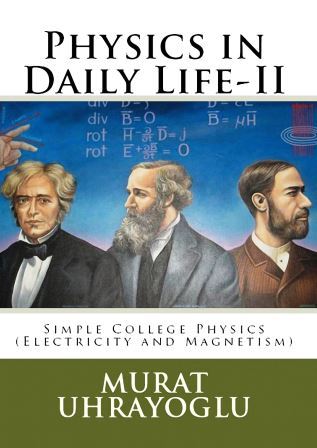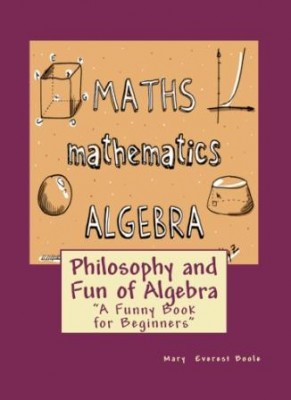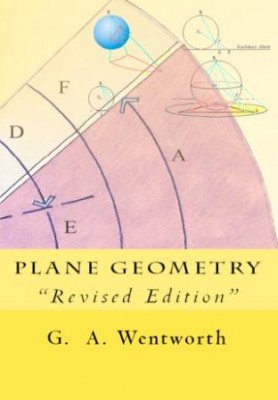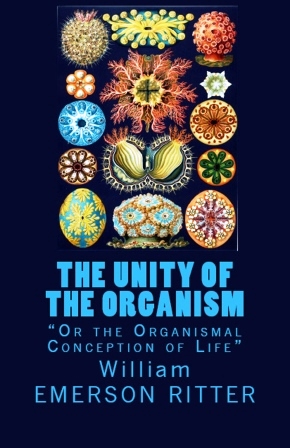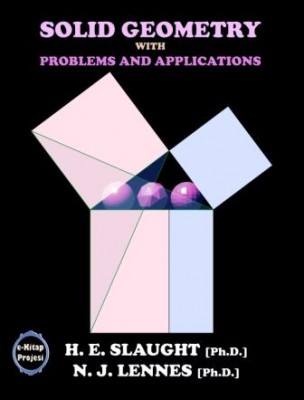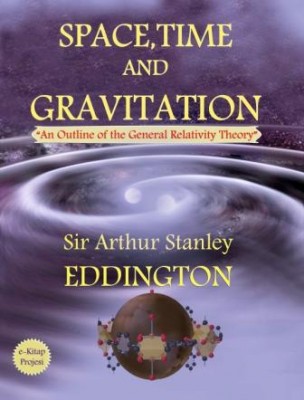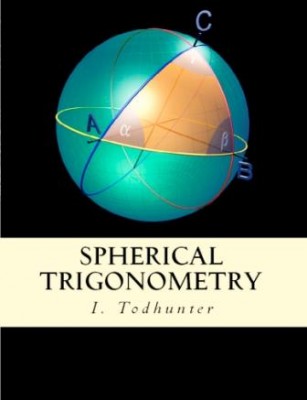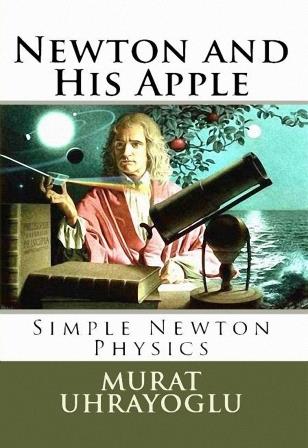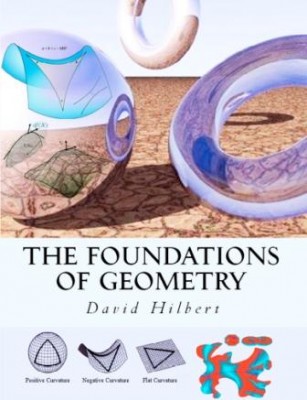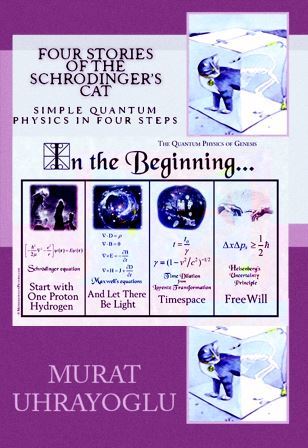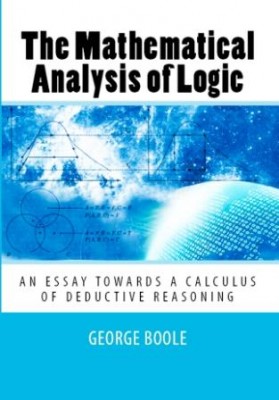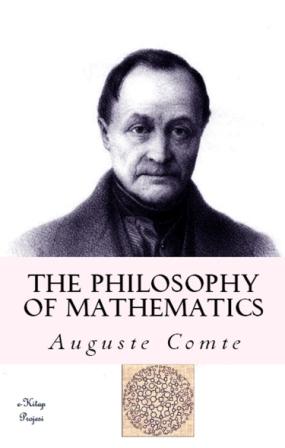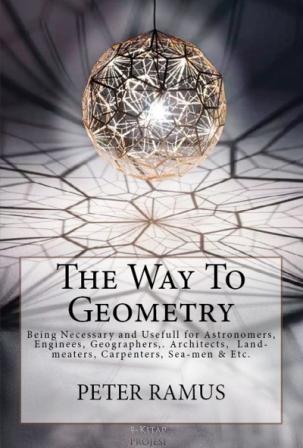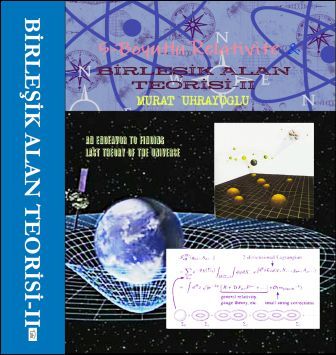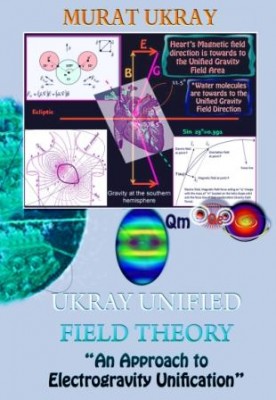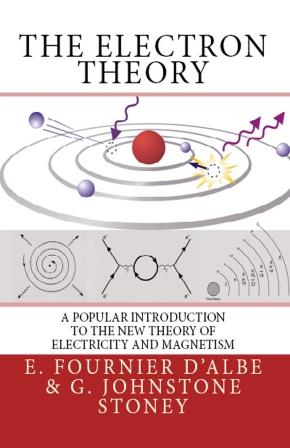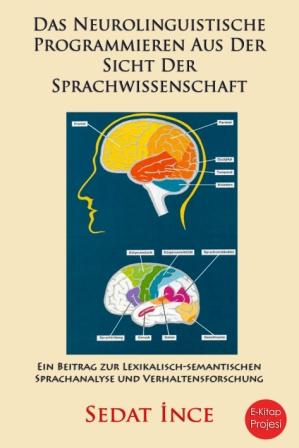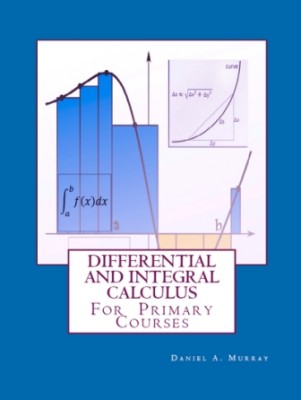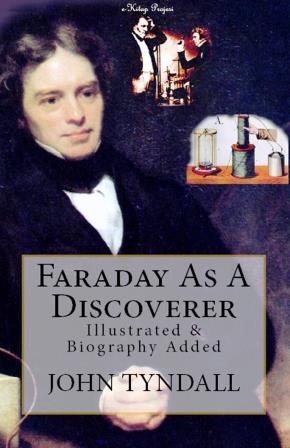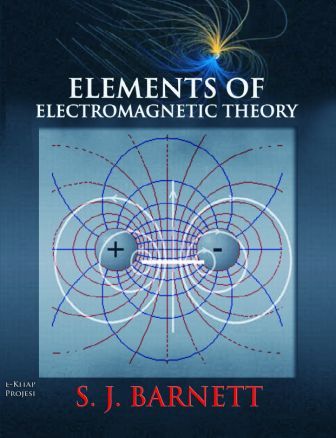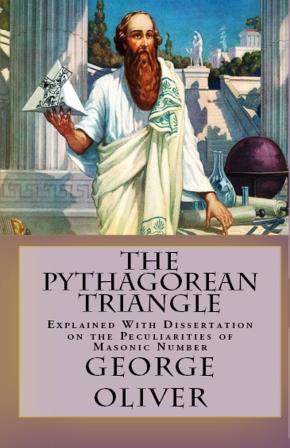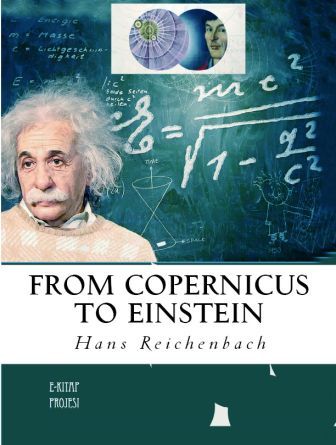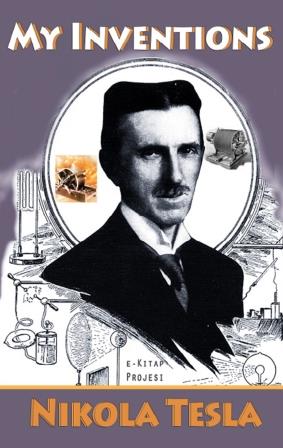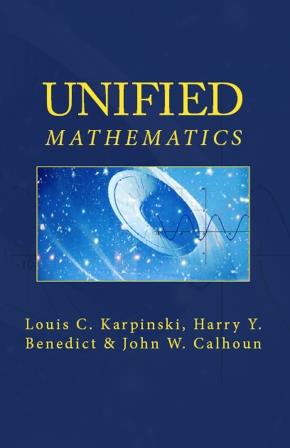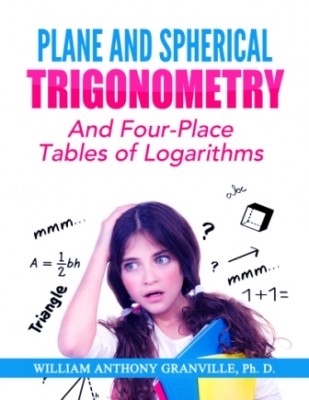There exists, therefore, for the individual, an I-time, or subjective time. This in itself is not measurable. I can, indeed, associate numbers with the events, in such a way that a greater number is associated with the later event than with an earlier one; but the nature of this association may be quite arbitrary. This association I can define by means of a clock by comparing the order of events furnished by the clock with the order of the given series of events. We understand by a clock something which provides a series of events which can be counted, and which has other properties of which we shall speak later.
By the aid of speech different individuals can, to a certain extent, compare their experiences. In this way it is shown that certain sense perceptions of different individuals correspond to each other, while for other sense perceptions no such correspondence can be established. We are accustomed to regard as real those sense perceptions which are common to different individuals, and which therefore are, in a measure, impersonal. The natural sciences, and in particular, the most fundamental of them, physics, deal with such sense perceptions. The conception of physical bodies, in particular of rigid bodies, is a relatively constant complex of such sense perceptions. A clock is also a body, or a system, in the same sense, with the additional property that the series of events which it counts is formed of elements all of which can be regarded as equal.
The only justification for our concepts and system of concepts is that they serve to represent the complex of our experiences; beyond this they have no legitimacy. I am convinced that the philosophers have had a harmful effect upon the progress of scientific thinking in removing certain fundamental concepts from the domain of empiricism, where they are under our control, to the intangible heights of the a priori. For even if it should appear that the universe of ideas cannot be deduced from experience by logical means, but is, in a sense, a creation of the human mind, without which no science is possible, nevertheless this universe of ideas is just as little independent of the nature of our experiences as clothes are of the form of the human body.
SPACE AND TIME IN PRE-RELATIVITY PHYSICS
This is particularly true of our concepts of time and space, which physicists have been obliged by the facts to bring down from the Olympus of the a priori in order to adjust them and put them in a serviceable condition.
